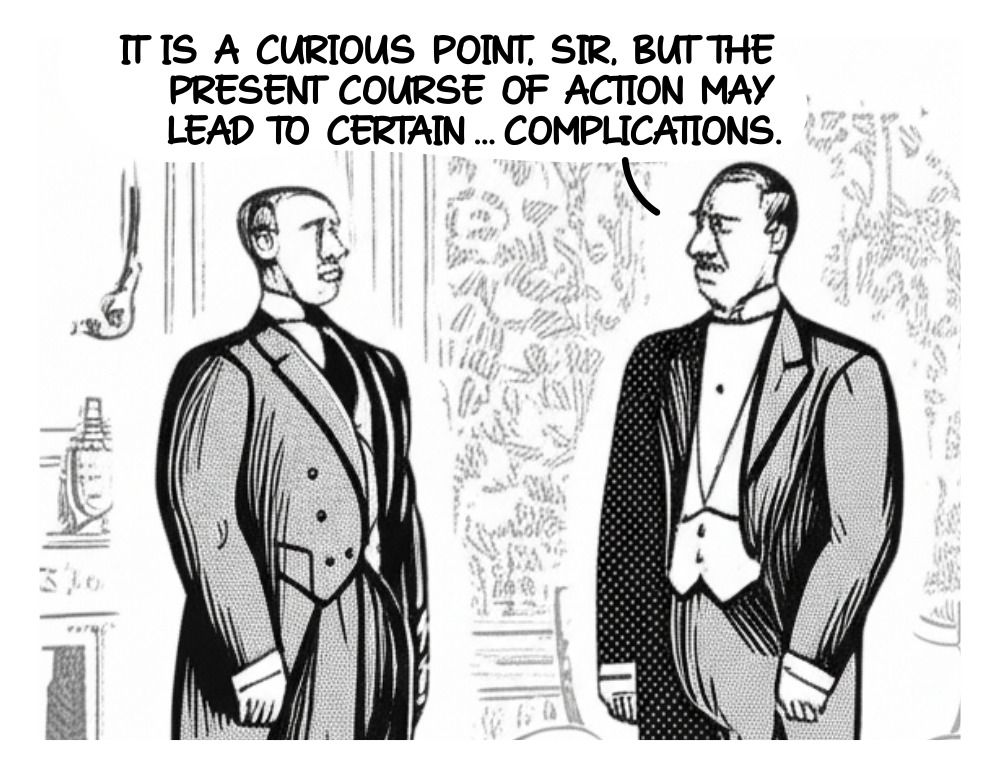
Julia Cameron’s ‘Morning Pages’ ritual, introduced in her bestselling handbook on the creative life, The Artist’s Way: A Spiritual Path to Higher Creativity (1992,) has become a widely embraced method for nurturing mental clarity and creative flow. The idea’s simple yet profound. Each morning, you write three pages longhand in a stream-of-consciousness style. No filters. No expectations. Just an honest outpouring of whatever’s on your mind.
Morning Pages doesn’t require any special skill or background. Just a pen, some paper, and the willingness to meet yourself on the page. The goal isn’t to craft brilliance. It’s to make space for clarity by sweeping out mental clutter. That’s why the practice’s so effective. It reliably helps to center you before the noise of the day creeps in.
Over time, the pages begin to reveal patterns: recurring worries, creative blocks, unresolved questions. These are the kinds of things that might otherwise stay hidden. This daily ritual becomes a quiet mirror, reflecting back what needs attention. The practice can be incredibly grounding, especially on days when thoughts feel tangled or unsettled.
.jpg) The value of Morning Pages lies less in what you write and more in the act of showing up. You don’t need to be profound. Rambling counts. Lists count. Complaints count. Even writing “I have nothing to say” counts. Strangely, some of the best surprises surface later, often not during writing but afterward: while walking the dog or washing dishes, a knot quietly unravels.
The value of Morning Pages lies less in what you write and more in the act of showing up. You don’t need to be profound. Rambling counts. Lists count. Complaints count. Even writing “I have nothing to say” counts. Strangely, some of the best surprises surface later, often not during writing but afterward: while walking the dog or washing dishes, a knot quietly unravels.
Some days, the resistance is loud, and the pages feel pointless. Those are the days they’re needed most. As Cameron reminds, writing through resistance is part of the process. Even if all you do is scribble frustrations, the practice can be trusted. Over time, it’ll offer far more than it’s asked.
Idea for Impact: Morning Pages create a rare space for unfiltered honesty. Clarity doesn’t arrive like a lightning strike. It comes from showing up. One page at a time. Three pages before breakfast can prevent an entire day spent lost in mental fog.

.jpg)
 Some managers inspire loyalty. Others, despite good intentions, slowly drain morale. This isn’t about tyrants—it’s about the well-meaning but unaware. If your team looks tense every Monday, there’s probably a reason.
Some managers inspire loyalty. Others, despite good intentions, slowly drain morale. This isn’t about tyrants—it’s about the well-meaning but unaware. If your team looks tense every Monday, there’s probably a reason..jpg)
 Mentorship once meant absorbing polished advice from someone with gray hair, a Rolodex thick with gatekeepers, and the power to open doors. Age conferred authority. Experience granted relevance—and access.
Mentorship once meant absorbing polished advice from someone with gray hair, a Rolodex thick with gatekeepers, and the power to open doors. Age conferred authority. Experience granted relevance—and access. Ask anyone who has ever written something that actually worked—a punchy social post, a compelling blog entry, a persuasive ad, or even a user manual that finally made sense—and they’ll tell you: it didn’t begin with confidence or inspiration. It started with motive.
Ask anyone who has ever written something that actually worked—a punchy social post, a compelling blog entry, a persuasive ad, or even a user manual that finally made sense—and they’ll tell you: it didn’t begin with confidence or inspiration. It started with motive.  There’s a peculiar cruelty in the well-meant, the kind that cloaks harm in sentiment and justifies injury with declarations of virtue.
There’s a peculiar cruelty in the well-meant, the kind that cloaks harm in sentiment and justifies injury with declarations of virtue. The
The  Many people overestimate their listening skills, yet true listening is uncommon. However, anyone can become an excellent listener by embracing a key principle: listen
Many people overestimate their listening skills, yet true listening is uncommon. However, anyone can become an excellent listener by embracing a key principle: listen